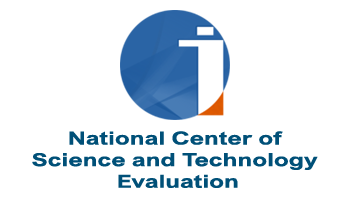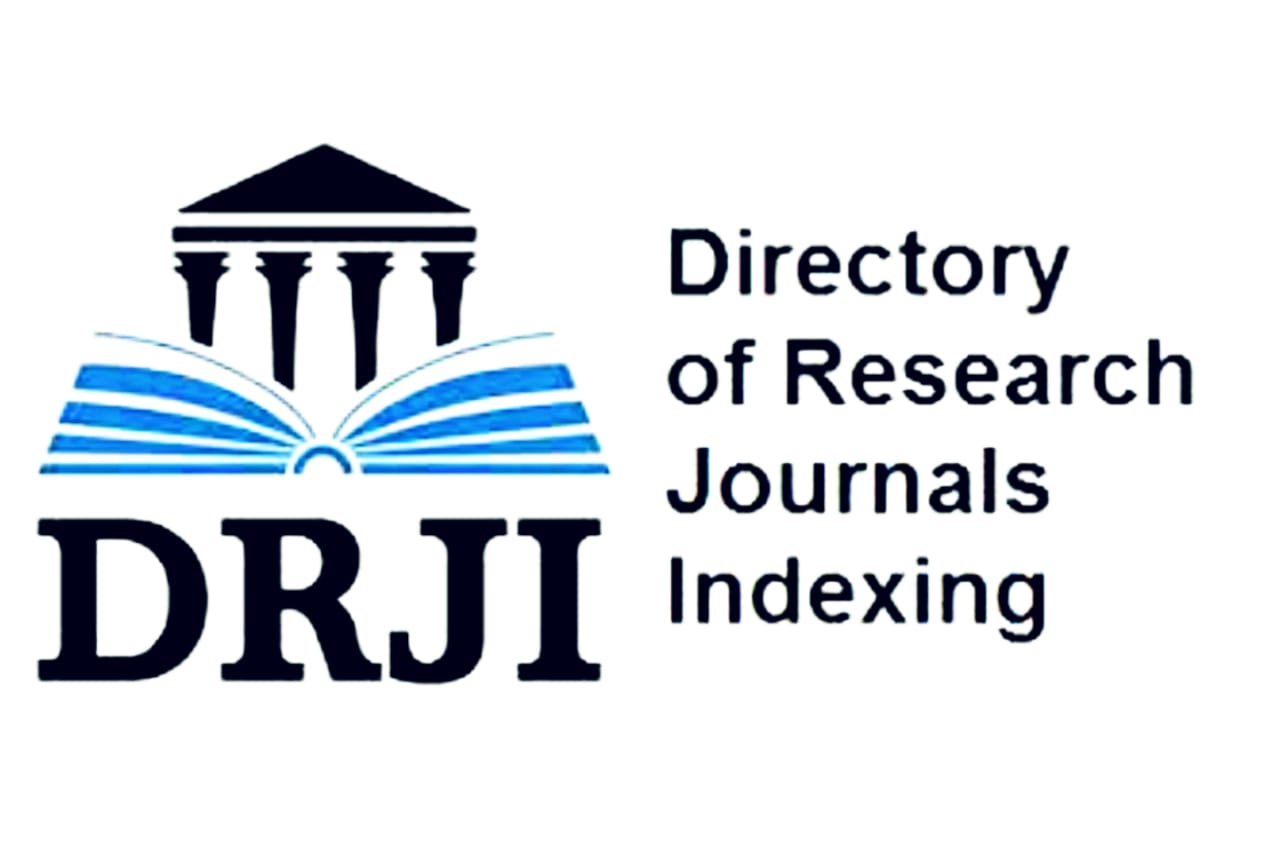Bioindication of water quality by algal communities in the Mardan River, Pakistan
DOI:
https://doi.org/10.26577/ijbch-2018-1-315Abstract
The first results of ecological assessment of water quality in the Mardan River and its tributary Kaltang is representing as a results of implementation of bioindication methods and statistical approaches. Altogether 165 taxa-indicators of algae from six taxonomic Divisions were revealed for the communities of three sites in the Mardan River main stream and one site of its left tributary Kaltang. Diatom algae with subdominants of greens, charophytes and cyanobacteria mostly dominated algal communities. Species richness was higher in the lower part of studied river in site Mardan, but community structure was similar in all four studied sites. Water variables values were fluctuated in small range excluding temperature and turbidity, which dramatically increased down the river. Bioindicators distribution reflect pollution impact to the river ecosystem by toxicants and dissolved organic matters that start form the middle reaches of the river when it follow across the flatland. Statistical analysis of species-environmental variables relationships with 3D plots construction revealed that algal species grow is dependent mostly with water temperature, whereas impacted by turbidity. Nevertheless, the self-purification properties of the Mardan River ecosystem were in high level.
Downloads
How to Cite
Issue
Section
License
ааа

















